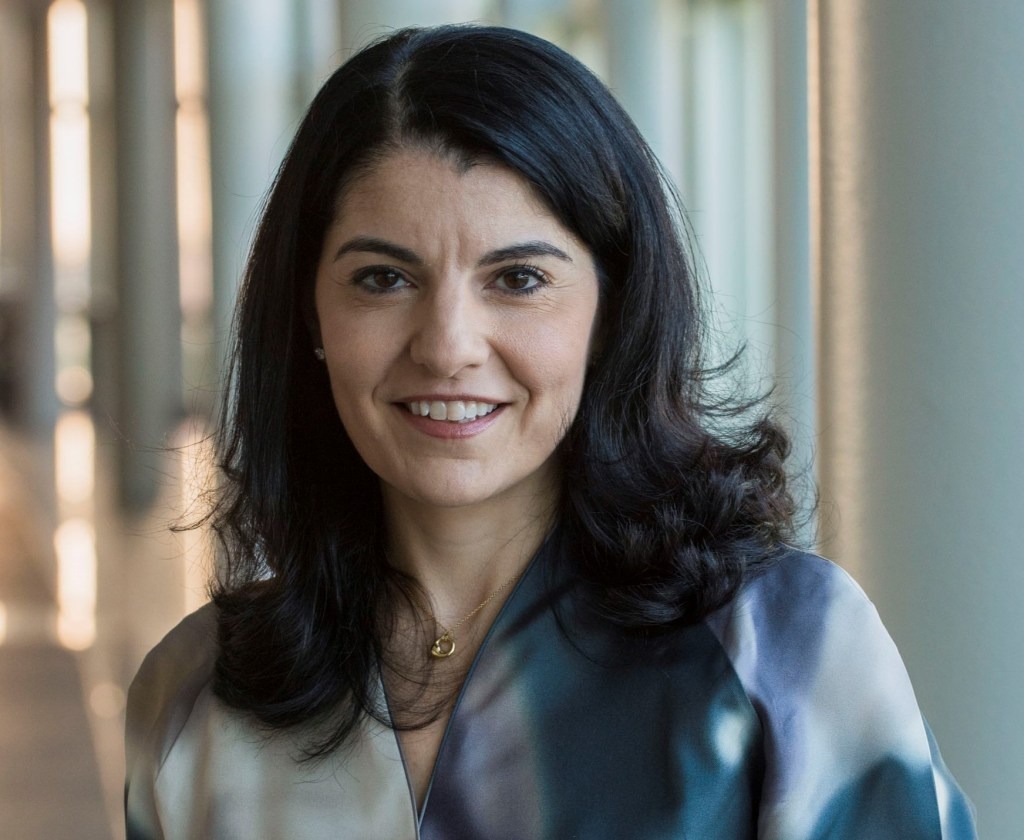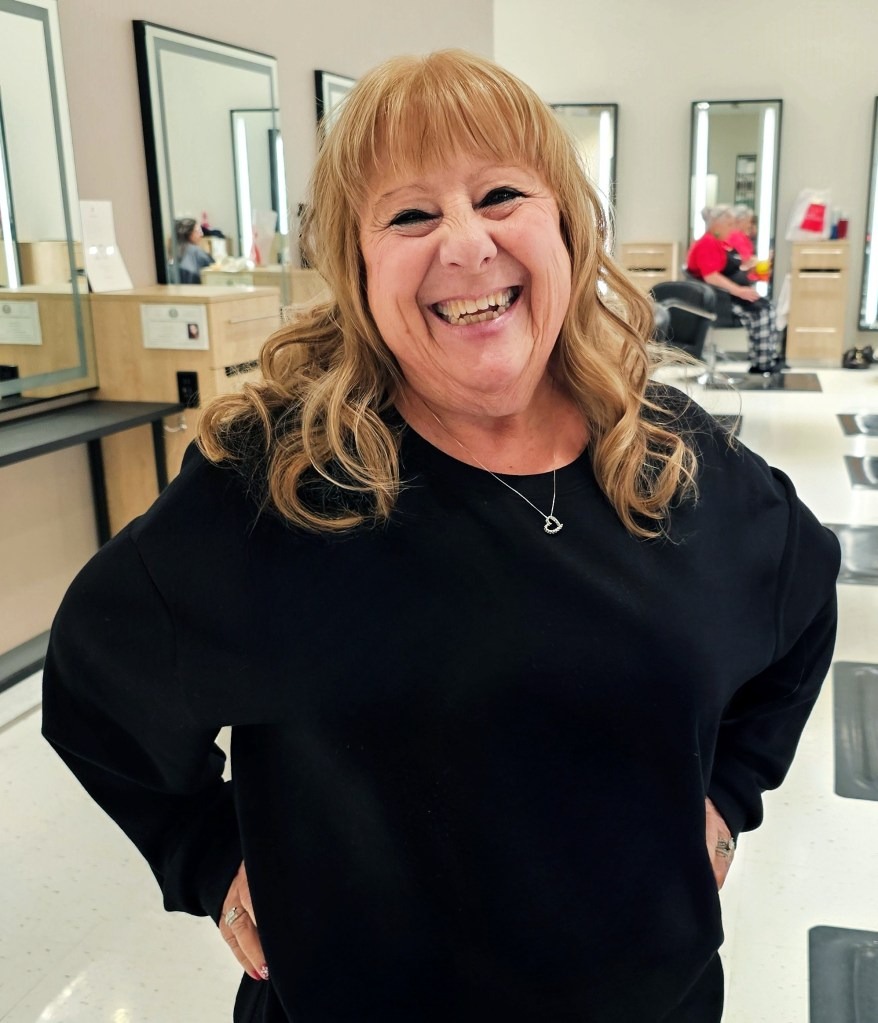This red chair is a reminder that patients can’t wait
Colleagues rally around a red chair as a reminder to work urgently for the people who need lifesaving medicines and vaccines
November 18, 2025

When his close colleague’s father passed away in 2021, it was a stark reminder to Prashant Nikam: Patients can’t wait for lifesaving medicines and vaccines. Spurred by this loss, Nikam and his colleagues in Australia and New Zealand created a visual reminder of the people we’re working for: They put a red chair in their meeting room and asked, “What if the patient was sitting right here with us?”
“Every day, someone’s relying on us. We need to make sure we’re doing everything possible so they can have access to our products in a timely manner.”
- Prashant Nikam
Managing director, Japan
“When we see that red chair in our workspace, when we envision that patient being in the room listening to us, we make decisions that are truly focused on doing what’s best for them,” said Nikam, now managing director, Japan.
The red chair: an urgent reminder to elevate the patient voice
What started as a simple but powerful concept in Australia and New Zealand has now grown into a rallying cry at our sites around the world, due in part to support from Linda Kollmar, AVP of our patient innovation and engagement team.
“People are urgently waiting for us to get our drugs and vaccines approved where they live, for access, for a prescription,” said Kollmar. “So, it’s more than just a red chair; it’s a mindset. And it transforms the way we work to ensure we’re keeping patients front and center.”
The initiative now spans more than 40 of our global locations, where colleagues across the company have placed a chair representing the patient in boardrooms, conference rooms, labs, cafeterias and other workspaces.
“When I’m thinking about a decision I’m making or work I’m doing, I think, ‘What if the patient was sitting right next to me? What would they be thinking and how would they want me to work with urgency for them?’”
- Linda Kollmar
AVP, patient innovation and engagement

It’s an initiative that complements the work of her team, which engages with patients, patient advocates and communities to learn more about their perspectives, challenges and needs. The team brings that patient voice into the work we do — from discovery and clinical development to manufacturing and beyond. The chair is an additional, physical reminder to always think of the patient.
A growing grassroots effort inspires new ways to put patients first

“As we started spreading the word about the red chair and hearing success stories from different teams, we realized that this is really a movement at a grassroots level that people can embrace to inspire them to put patients first,” Nikam said.
One of those first success stories came from the market access team in Australia, who wanted to help speed up the long approval process for a new medicine.
“Envisioning the patient in the room with them, the team brainstormed ways to highlight the urgency of the situation. They decided that in addition to bringing the safety, efficacy and economic data into their health technology assessment submissions, they would also bring the patient voice to the health authorities,” said Nikam. “So, they collected patient commentaries — inspiring and emotional stories of what it means to be a patient and without timely access to innovative medicines — and included these with our new submissions. These patient stories were overwhelmingly powerful firsthand accounts that authorities couldn’t ignore.”
A history and a future of putting patients first
This longstanding commitment to patients can be traced back to our company’s beginnings more than 130 years ago. In 1925, then-president George W. Merck said, “We try never to forget that medicine is for the people. It is not for the profits.”
That ethos continues to inspire us today. The red chair is one way we maintain our focus, but it’s a sentiment that’s important for all who serve patients to embrace.
“It’s not just for us. It’s bigger than us,” said Kollmar. “I would love to see more red chairs representing patients all over the globe. That would be incredible.”










